As the UN Year of the Forests 2011 draws to a close Arif Nugroho, the manager of Pondok Ambung Tropical forest Research Station in Tanjung Puting National Park (Central kalimantan, Indonesian Borneo), has sent this interesting report (which is almost poetic in parts) with images about some of the rarer treasures of the rainforest. Over to Arif .......
Welcome the rainy season, welcome beautiful colorful mushrooms
At the beginning of rainy season, we felt spoilt when walking in the forest. There were many different colorful mushrooms, some with striking colors such as bright yellow or orange. They looked like little umbrellas in the ground - so beautiful.





While collecting data on the vegetation with Mas’ud Ashari, a student from the Forestry Faculty at Gajah Mada University, Jogjakarta we found many species of mushrooms. We couldn’t identify them but took images of them. Classification of fungi is always suffering from contradictions because there is a lack of complete knowledge about all the fungal organisms. There is little information reported about mushrooms in Borneo, especially in Pondok Ambung. So the aim of the present investigation was to identify the wild mushroom in Pondok Ambung Tropical Forest Research Station. We found at least 12 different species of wild mushrooms, even if we didn’t identify yet. (Please leave a comment if you can help!).
Frogs: Wildlife under canopy
Night tracking. Walk slowly into forest. Smelling the soil after the rain and listening to nature's voices. So peaceful. Light your torch around you and find some eyes glowing. Yup, that is way to see a beautiful frog, wildlife under canopy.



Butterflies Covering the Ground
Tanjung Puting National Park (TNTP), has peat swamp forests and orangutans are a key species. The National Park attracts many tourists mainly to see the orangutans. But there is still lots of other biodiversity. We are trying to explore and the more we do we discover awesome wildlife.


This month looks like a butterflies’ moon. They are so easy to find and watch. On a river bank, among the leaf litter and twigs of trees, there are various kinds of colorful butterflies. I watched one. Flapping its wings occasionally to shift places, then pauses as if she were sipping something from the soil. I crawled over. Trying to enjoy every detail of its beauty. Wings have colorful patterns and sometimes seem complicated. Some of them show a striking hue. Others are just black and white only. But the pattern remains fascinating.
Based on my observations, the butterflies are very easily found on the edge of the river. Precisely on lands moist but still exposed to sunlight. Several others were observed at the lower canopy of trees or perched in the foliage. I also found butterflies gathered in soil doused with smelling material, like soapy water or rotten fruit.

Check my article (In Bahasa Indonesian) about butterfly of Pondok Ambung TNTP in Biodiversitas Indonesia Magazine Vol. 1 No. 2 Th. 2011. Magazine can be downloaded for free here.
Researching Western Tarsier in Pondok Ambung
Masud Ashari, the student from Forestry Faculty, Gajah Mada University, Jogjakarta is at Pondok Ambung to research the population and distribution of the Western Tarsier (Tarsius bancanus Horsfield, 1821) in the lowland forest habitat of Pondok Ambung Tropical Forest Research Station and Tanjung Harapan, Tanjung Puting National Park, Central Kalimantan.

Over 15 days he made 11 transects line and 23 plots of vegetation analysis and recorded 8 points of Tarsiers. This wasn't actual observations but encountering their smell. Tarsiers produce a secretion from a gland aroung their genitals for marking their homerange. Each point recorded shared similar characteristics. Sapling trees up to pole size, moderate to high vegetation density, temperature between 24-27 ° C, and humidity between 60-65%. Tarsier prefer this habitat because the conditions allow for easy locomotion (leaping between treest), feeding, playing, perching to prey etc.
Thank you,
Arif
More news on orangutans later this week...
Please support our work by making a donation today via our website or by calling 0044 (0)20 7724 2912 - thank you.


 The Orangutan Foundation have been selected by Animal Friends Pet Insurance to take part in their monthly Facebook competition. During the month of February we will be competing with three other charities to win a cash prize of £5,000!
The Orangutan Foundation have been selected by Animal Friends Pet Insurance to take part in their monthly Facebook competition. During the month of February we will be competing with three other charities to win a cash prize of £5,000!































































 Bobby in climbing in trees after his release
Bobby in climbing in trees after his release Bobby returns to the security of his cage
Bobby returns to the security of his cage Bobby playing with ex-captive orangutan Amoi and her infant
Bobby playing with ex-captive orangutan Amoi and her infant Bobby getting used to living up in the trees
Bobby getting used to living up in the trees









